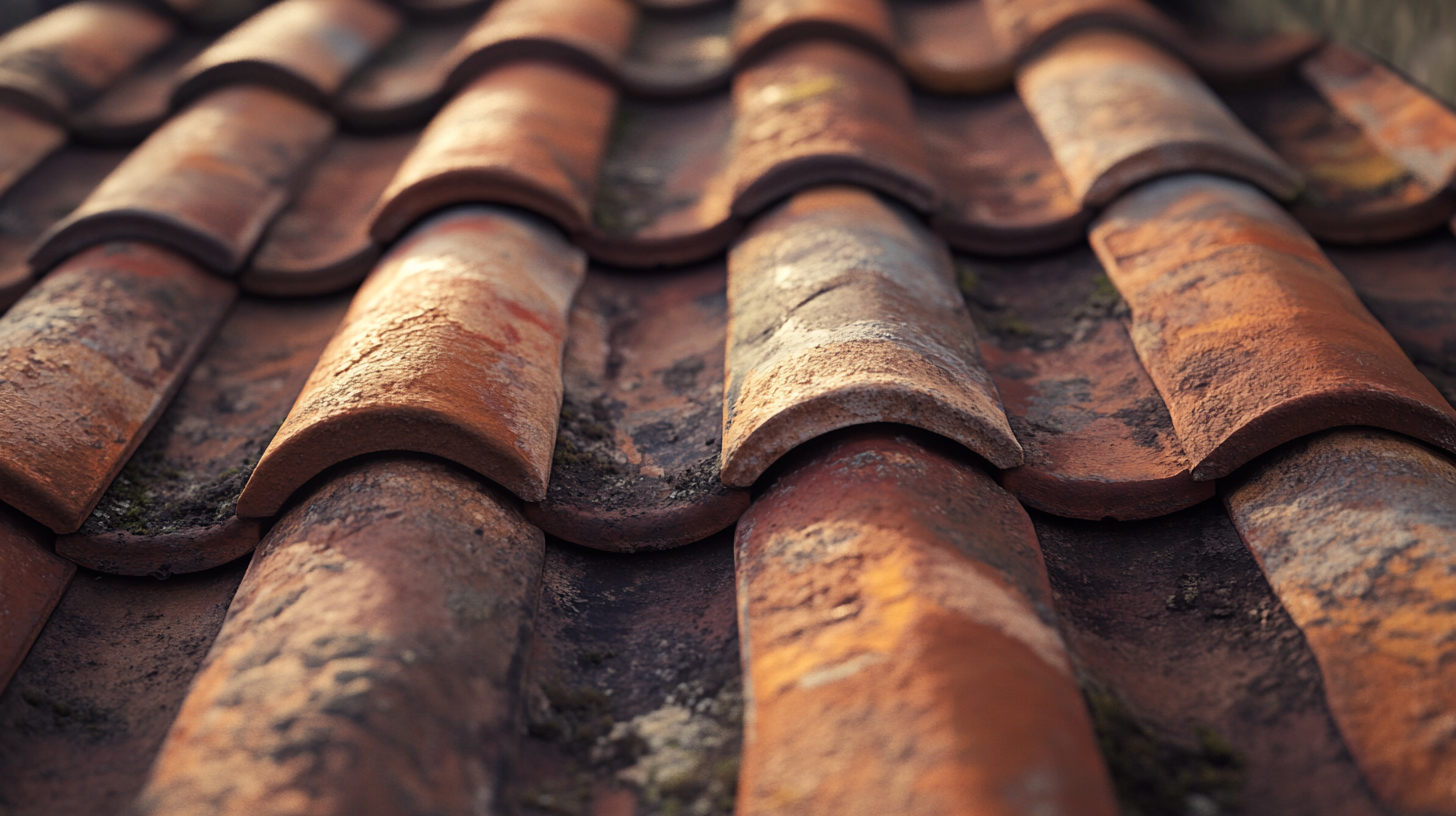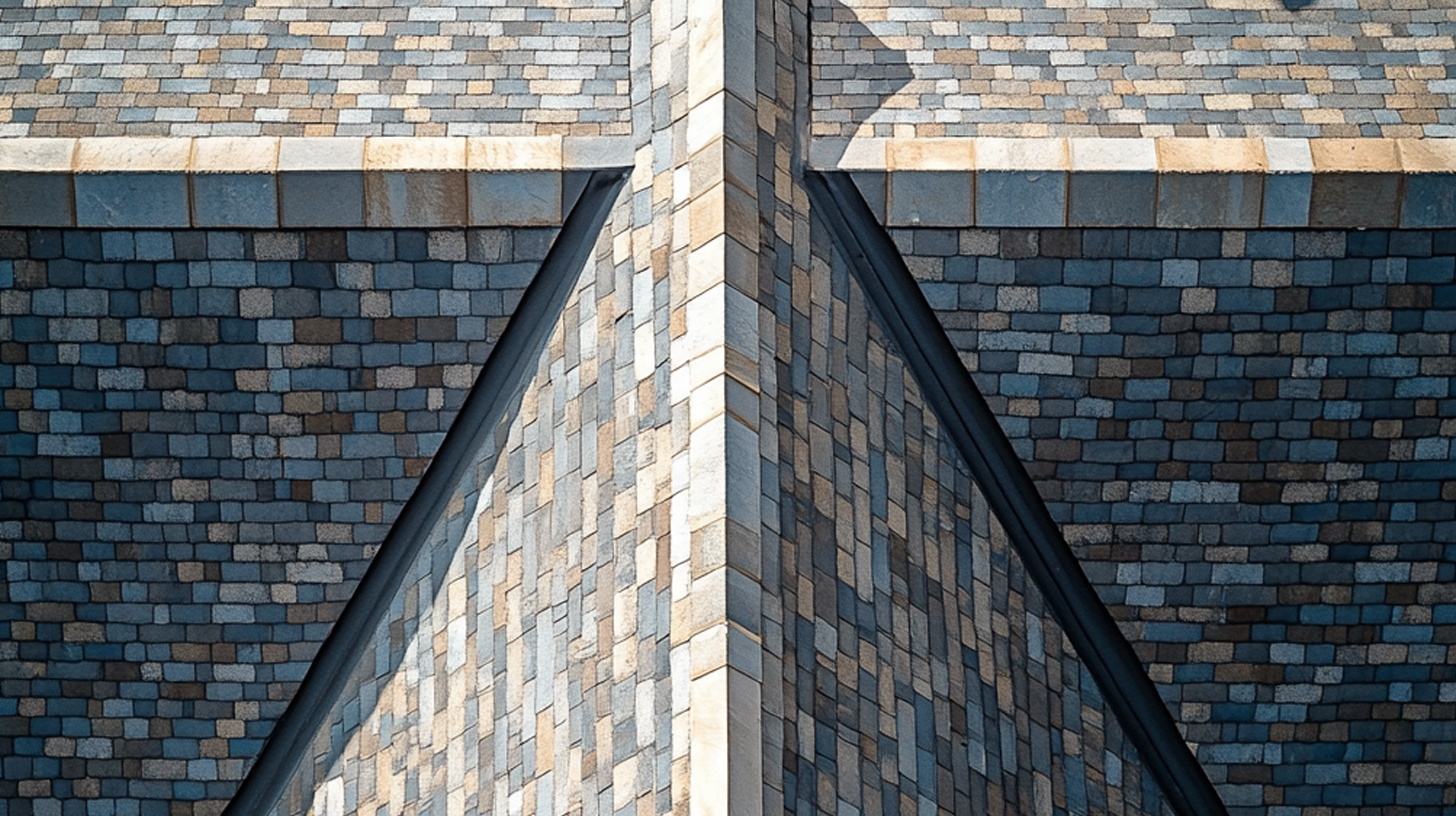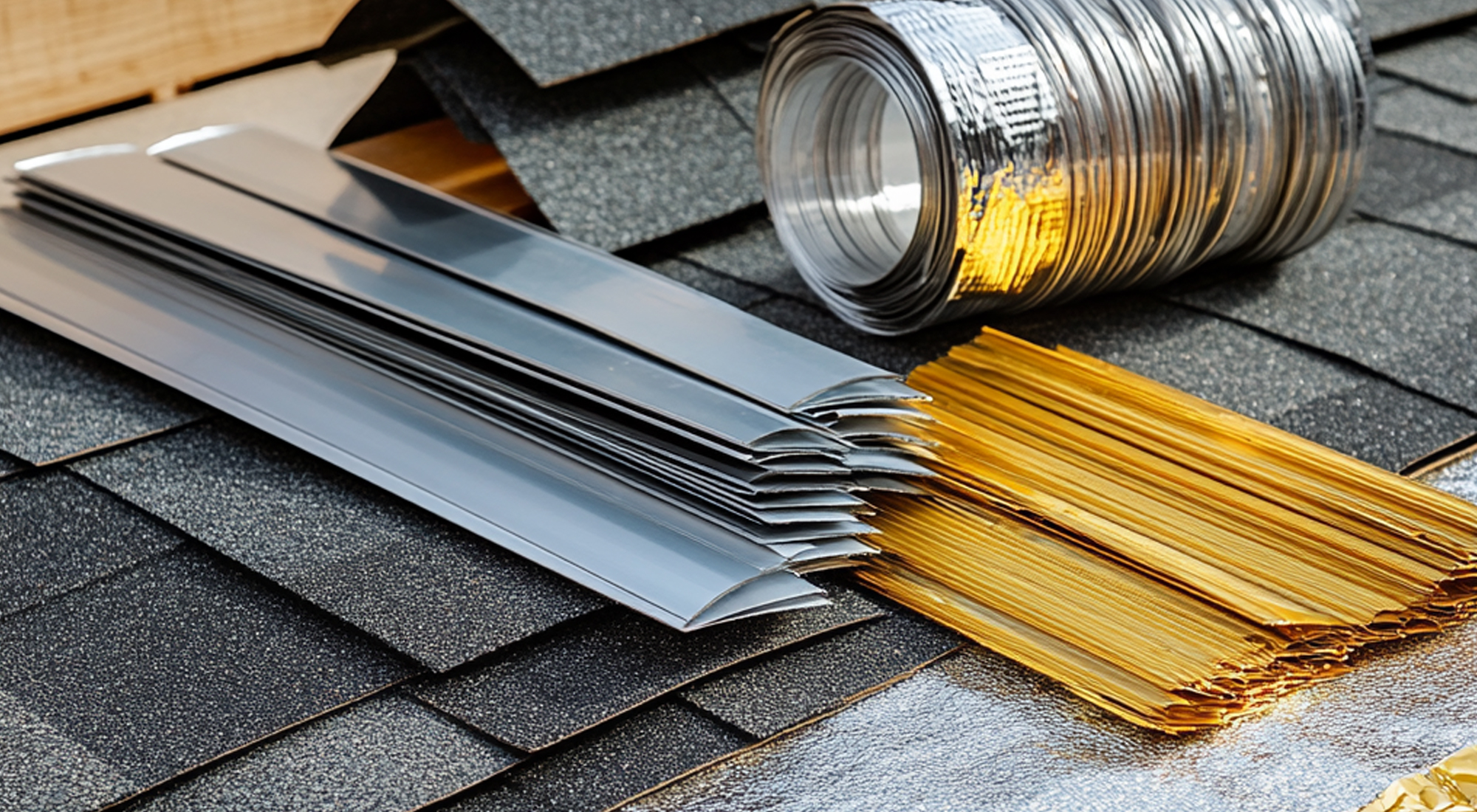In Corpus Christi, understanding the importance of a well-maintained roof is crucial for homeowners due to the unique challenges posed by the coastal climate. Roof maintenance is not just about aesthetics; it plays a significant role in protecting your home from the harsh elements characteristic of this region. The coastal weather, with its high humidity, salt air, and occasional severe storms, can take a toll on roofing materials over time.
Regular roof maintenance helps identify minor issues before they escalate into major problems. This proactive approach can prevent costly repairs and extend the lifespan of your roof. Moreover, understanding when it’s time for a roof replacement is equally important. A timely replacement ensures that your home remains secure and energy-efficient while maintaining its value.
The impact of coastal weather on roofs cannot be underestimated. Constant exposure to sun, wind, rain, and salt air can lead to deterioration if not properly addressed. Therefore, investing in quality roofing materials designed to withstand these conditions is essential for any homeowner in Corpus Christi.
By prioritizing regular inspections and maintenance routines tailored to the specific demands of coastal living, you can ensure that your roof continues to provide reliable protection year after year.
Visible Damage: Cracks, Leaks, and Missing Shingles
When it comes to maintaining your home, keeping an eye on the condition of your roof is crucial. Visible damage such as cracks, leaks, and missing shingles are clear indicators that your roof may need attention. Understanding these roof damage indicators can help you address issues before they escalate into more significant problems.
One of the most common signs of roof trouble is shingle wear and tear. Over time, shingles can become brittle due to exposure to harsh weather conditions, leading to cracks or even complete loss. Missing shingles not only compromise the aesthetic appeal of your home but also expose the underlying layers to potential water damage.
Speaking of water damage, signs of roof leaks should never be ignored. Water stains on ceilings or walls inside your home are a telltale sign that moisture has penetrated through the roofing layers. This could result from visible roof cracks or gaps where seals have deteriorated.
Regular inspections for these visible damages can prevent costly repairs in the future. By addressing shingle wear and tear promptly and sealing any leaks or cracks, homeowners can ensure their roofs remain durable and protective against the elements for years to come.
Aging Roof: How Old is Too Old for Your Roofing?
Understanding the lifespan of your roof is crucial, especially if you live in coastal areas where weather conditions can be harsh and unpredictable. The average age for roof replacement varies significantly depending on the materials used and environmental factors. Typically, asphalt shingles, one of the most common roofing materials, last about 20 to 30 years. However, in coastal regions where salt air and high humidity prevail, this lifespan might be reduced due to accelerated wear and tear.
Roofing materials like metal or tile often boast a longer lifespan—ranging from 40 to even 100 years—making them an appealing option for those looking to invest in longevity despite potentially higher upfront costs. It’s important to note that proper maintenance can extend the life of any roofing material by several years.
Regular inspections are key to identifying early signs of aging or damage that could indicate it’s time for a replacement. Look out for curling shingles, leaks, or sagging areas as these are clear indicators that your roof may have reached its limit. By understanding these factors and regularly assessing your roof’s condition, you can make informed decisions about when it might be time for a new installation tailored specifically to withstand coastal challenges.
Moss and Algae Growth: More than Just an Aesthetic Issue
When it comes to maintaining the longevity and appearance of your home’s roof, understanding the implications of moss and algae growth is essential. While these organisms might initially seem like minor aesthetic nuisances, their presence can lead to significant structural issues if left unchecked.
Moss on roof shingles is more than just a visual concern. This spongy plant thrives in damp environments, often forming dense mats that trap moisture against the surface of your roof. Over time, this persistent moisture can cause shingles to deteriorate, leading to rot and compromising the integrity of the roofing materials. The weight of accumulated moss can also stress shingles, making them more prone to damage during inclement weather.
Similarly, algae growth problems are not merely about unsightly dark streaks across your roof. Algae thrive in humid conditions and can spread rapidly across roofing surfaces. While they don’t directly damage shingles like moss does, their presence indicates high levels of moisture retention on the roof—an environment conducive to further biological growth and potential structural decay.
The impact of moisture on roofs cannot be overstated; it accelerates wear and tear, leads to mold development inside attic spaces, and even contributes to energy inefficiency by affecting insulation performance. Regular inspections and maintenance are crucial in preventing these issues from escalating into costly repairs or replacements.
Addressing moss and algae promptly not only preserves your home’s curb appeal but also safeguards its structural health for years to come. Consider professional cleaning solutions or preventative treatments specifically designed for combating these common roofing adversaries as part of a comprehensive home maintenance plan.
Inefficient Energy Use: High Energy Bills Could Be a Sign
High energy bills can often be a perplexing issue for homeowners, leading many to scrutinize their daily habits or appliance usage. However, one commonly overlooked factor is the condition of the roof. The insulating properties of roofs play a crucial role in maintaining energy efficiency within a home. Older roofs, in particular, may present significant energy efficiency issues that contribute to unexpectedly high utility bills.
As roofs age, they can lose their ability to effectively insulate the home due to wear and tear or outdated materials that no longer meet current energy standards. This inefficiency allows heat to escape during the winter and enter during the summer, forcing heating and cooling systems to work harder than necessary. As a result, homeowners may notice a spike in their utility costs without an obvious explanation.
Addressing these inefficiencies involves assessing whether your roof provides adequate insulation and considering upgrades if it falls short. Modern roofing materials designed with advanced insulating properties can significantly reduce energy loss and help stabilize your home’s temperature year-round. By investing in an updated roof with improved insulation capabilities, you not only enhance comfort but also potentially lower your monthly energy expenses—making it a wise long-term investment for any homeowner facing high utility bills due to inefficient energy use.
The Impact of Severe Weather Events on Your Roof’s Health
Severe weather events can have a profound impact on the health of your roof, especially in areas like Corpus Christi where storms and hurricanes are common. Understanding how these events affect your roofing can help you take proactive measures to protect your home.
Storm damage to roofing in Corpus Christi often includes issues such as missing shingles, leaks, and structural damage. High winds can lift shingles or tiles, while heavy rains can lead to water infiltration. In more severe cases, flying debris during storms can cause punctures or even collapse sections of the roof.
Hurricane impact on roofs is particularly concerning due to the combination of intense winds and torrential rainfall. The force of a hurricane can strip away protective layers of your roofing system, leaving it vulnerable to further damage and resulting in costly repairs.
To mitigate these risks, consider implementing weatherproofing tips for roofs. Regular inspections are crucial; they allow you to identify and address minor issues before they escalate into major problems. Reinforcing the edges with metal flashing and ensuring gutters are clear will help manage water flow during heavy rains. Additionally, using high-quality materials designed for storm resistance when repairing or replacing your roof can significantly enhance its durability against severe weather conditions.
By staying informed about potential risks and taking preventive steps, homeowners in storm-prone areas like Corpus Christi can better safeguard their roofs against the damaging effects of severe weather events.
The Cost vs. Benefit Analysis of Replacing vs. Repairing Your Roof
When it comes to maintaining your home, the roof is one of the most critical components. Deciding whether to repair or replace your roof involves a careful cost vs. benefit analysis that can significantly impact your finances and home value. Understanding cost-effective roofing solutions is essential in making an informed decision.
Initially, repairing a roof may seem like the more economical choice, especially if the damage appears minimal. Repairs can quickly address issues such as leaks or damaged shingles without incurring the higher costs associated with a complete replacement. However, frequent repairs over time can add up and may not address underlying structural issues that could lead to more significant problems down the line.
On the other hand, investing in new roofing offers substantial long-term benefits that often justify its higher upfront cost. A new roof not only enhances curb appeal but also improves energy efficiency by providing better insulation and reducing heating and cooling costs. Additionally, modern roofing materials come with extended warranties and are designed to withstand harsh weather conditions better than older materials.
In making a repair or replace decision, it’s crucial to consider factors such as the age of your current roof, extent of damage, and future plans for your property. While repairing might be suitable for newer roofs with isolated damage, replacing an aging roof could be more beneficial in terms of durability and value addition.
Ultimately, weighing these aspects will help you determine which option aligns best with your financial situation and long-term goals for your home’s upkeep.
Selecting the Right Roofing Contractor in Corpus Christi
When it comes to selecting the right roofing contractor in Corpus Christi, making an informed decision is crucial to ensure the longevity and quality of your roof. The first step in choosing a local roofer is to conduct thorough research on the best roofers in Corpus Christi. Start by compiling a list of potential contractors and delve into their credentials. A reputable roofing contractor should have the necessary licenses and insurance, which not only protect them but also safeguard you from any liabilities.
Next, take time to read reviews and testimonials from previous clients. Online platforms like Google Reviews or Yelp can provide valuable insights into a contractor’s reliability, workmanship, and customer service. Pay attention to how contractors handle both positive feedback and complaints—this can be telling of their professionalism.
Additionally, consider seeking recommendations from friends or family who have recently had roofing work done. Personal referrals are often trustworthy sources for finding quality service providers.
By focusing on these elements—credentials, reviews, and personal recommendations—you can confidently select a roofing contractor that will meet your needs with expertise and professionalism.
Protect Your Home by Recognizing When It’s Time for a New Roof
Recognizing when it’s time for a new roof is crucial to protecting your home from potential damage. Over time, roofs endure a lot of wear and tear from the elements, which can lead to leaks, structural damage, and decreased energy efficiency. By staying vigilant and inspecting your roof regularly, you can catch signs of aging or damage early. Look out for missing or broken shingles, curling or buckling shingles, granule loss, and any visible sagging. Additionally, if you notice water stains on your ceiling or walls inside your home, it might be time to consider a new roof.
Investing in a new roof not only safeguards your home but also enhances its value and curb appeal. Modern roofing materials offer improved durability and energy efficiency compared to older options. This means that while the initial investment may seem significant, the long-term benefits often outweigh the costs.
In conclusion, being proactive about roof maintenance can save you from costly repairs down the line. By recognizing when it’s time for a replacement and taking action promptly, you ensure that your home remains safe and secure for years to come.








